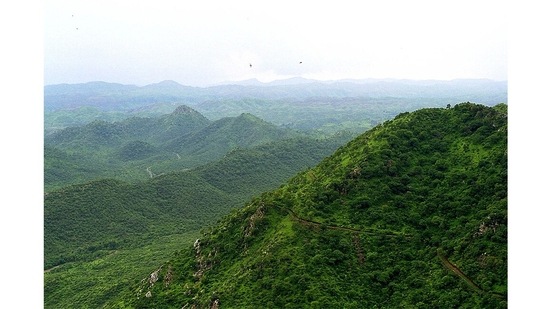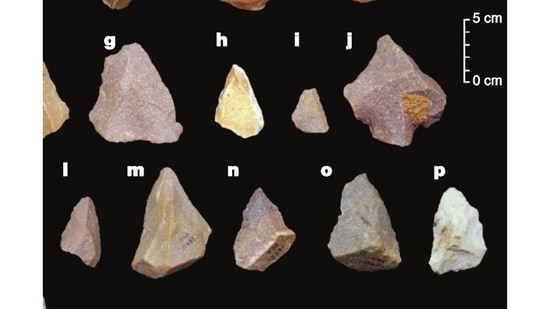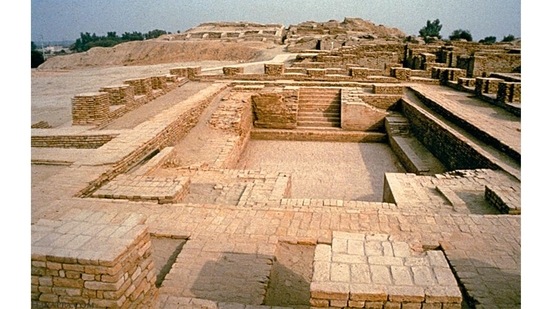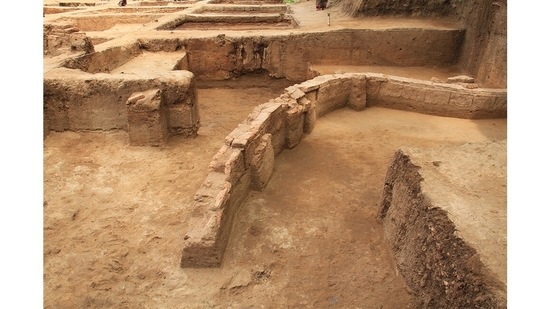AFTER BLACK SEPTEMBER CARLOS THE JACKAL BECAME IMPERIALISM'S GO TO TERRORIST BAD GUY
Carlos the Jackal seeks shorter jail term at French trial
Issued on: 22/09/2021 -

Paris (AFP)
Carlos the Jackal, who was behind some of the biggest terror attacks of the 1970s and 1980s, will attempt to have one of his three life sentences cut at a trial starting Wednesday in Paris.
The 71-year-old Venezuelan militant, whose real name is Ilich Ramirez Sanchez, has been behind bars in France since his arrest in Sudan in 1994 after two decades on the run.
"I am a professional revolutionary; revolution is my job," the left-winger who fought alongside radicalised Palestinians, Germany's Red Army Faction and the Japanese Red Army, told a French appeals court in 2018.
A year earlier, a lower court had given him a third life sentence over a grenade attack at a store in the French capital in 1974 that killed two people and injured 34 others.
In 2019, France's top court of appeal upheld his murder conviction but ordered a new trial to reconsider his sentence, saying that he should not have been convicted of both carrying and using a grenade because it amounted to being convicted twice of the same offence.
The trial is scheduled to last three days.
Carlos has always denied responsibility for the attack at the Publicis Drugstore at Saint-Germain-des-Pres in the heart of Paris's Left Bank.
No DNA evidence or fingerprints were found after the bombing but a former comrade-in-arms linked Carlos to the attack, which investigators believe was designed to pressure France into freeing a jailed Japanese militant.
Carlos is also serving life sentences over the 1975 murders of two French policemen and a police informer as well as for a series of bombings in Paris and Marseille in 1982 and 1983, which killed a total of 11 people and left dozens injured.
He became one of the world's most-wanted men after leading a brazen attack on a meeting of the OPEC oil cartel in Vienna in 1975.
Carlos and five other gunmen took 11 oil ministers and dozens of others hostage.
Three people were killed before Austrian authorities agreed to supply Carlos with a plane to fly him and his team to Algiers with around 40 hostages who were later released in return for a hefty ransom.
© 2021 AFP
Carlos the Jackal - Wikipedia
Ilich Ramírez Sánchez , also known as Carlos the Jackal (Spanish: Carlos el Chacal), is a native Venezuelan convicted of terrorist crimes, and currently serving a life sentence in France for the 1975 murder of an informant for the French government and two French counterintelligence agents. While in prison he was further convicted of attacks in France that killed 11 and injured 150 people and sentenced to an additional life term in 2011, and then to a third life term in 2017.
Leon Trotsky: Why Marxists Oppose Individual Terrorism (1911)
2006-12-17 · Leon Trotsky Why Marxists Oppose Individual Terrorism (November 1911) ... Our class enemies are in the habit of complaining about our terrorism. What they mean by this is rather unclear. They would like to label all the activities of the proletariat directed against the class enemy’s interests as terrorism. The strike, in their eyes, is the ...
Leon Trotsky: Terrorism and Communism (Chapter 4)
Terrorism. T he chief theme of Kautsky’s book is terrorism. The view that terrorism is of the essence of revolution Kautsky proclaims to be a widespread delusion. It is untrue that he who desires revolution must put up with terrorism. As far as he, Kautsky, is concerned, he is, generally speaking, for revolution, but decidedly against terrorism.














